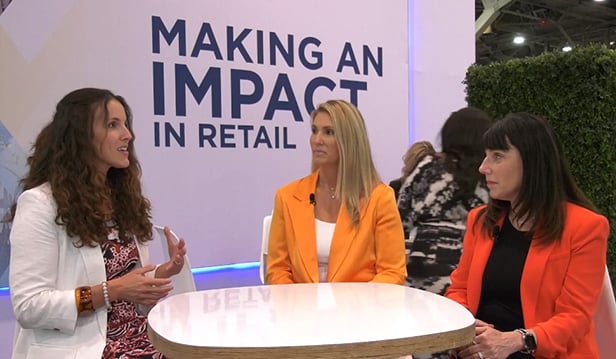NEW YORK CITY—Over the last few weeks, I've received several questions as to if the Russian economy's slowdown will have a negative impact on NYC, and in turn the rest of the United States, real estate market. It is true that Russians have been responsible for some of the most high profile residential purchases, including the current record for an apartment at 15 Central Park West for $88m and several other high profile sales at the neighboring One57 project. Word continues to spread that sales activity has declined there making one wonder if a Russian pull back is the reason.
Although I do not have the empirical data to show foreign demand for residential sales, Real Capital Analytics is very instructive as to the NYC commercial market. Surprisingly, Russian demand didn't even register on their top ten list of countries in 2014. Furthermore, in the last ten years, they have not even once accounted for a top three position. So where are these foreign buyers coming from?
This past year, it was China, Canada and then Singapore. When all foreign interest was tallied, it accounted for 18% of all NYC purchases. This was the highest percentage recently tracked with the exception of 2008 when it reached 34%, likely due to anemic sales activity that year. Clearly, foreign demand has been a driver for our market.
Cushman & Wakefield's report “Winning in Growth Cities 2014-2015” revealed that the NY Metro market accounted for 7% of all global capital flows, the most of all global cities. London, Shanghai, Tokyo, Beijing and then Los Angeles followed.
If the NY metro market doesn't hinge on Russian demand, are we then becoming overly dependent on China? Although they have been a top three investor in the last three years, before 2010 they weren't even on the list. Neither was Norway, whose Norges pension fund recently accounted for many high profile office investments in NYC and DC.
What I find most interesting is how the top three countries over the last ten years have been a revolving door, accounting for 14 different countries. In fact, only the Canadians have appeared the most with eight out of the last 10 years. It is overwhelmingly positive that new countries continue to find a safe haven in the US real estate market.
Thus, foreign exposure is a key ingredient to achieving peak pricing. Even though over 80% of interest is typically domestic, it certainly creates local competition. At Massey Knakal, I was always amazed by the fact that our website received hits from 131 countries, despite our only being a regional firm.
One of the most exciting benefits of Cushman & Wakefield's purchase of Massey Knakal is that we are now able to proactively identify new foreign interest by tapping into their 250 worldwide office network. With them, it will be interesting to see which new countries emerge as top US real estate investors in the years to come.
© 2025 ALM Global, LLC, All Rights Reserved. Request academic re-use from www.copyright.com. All other uses, submit a request to [email protected]. For more information visit Asset & Logo Licensing.








